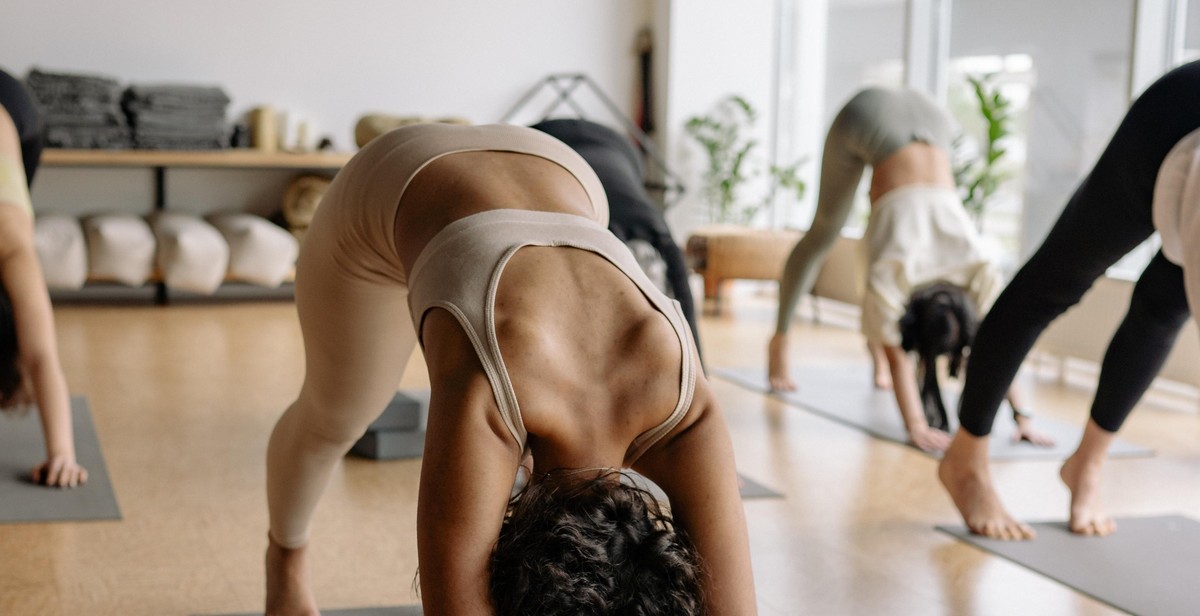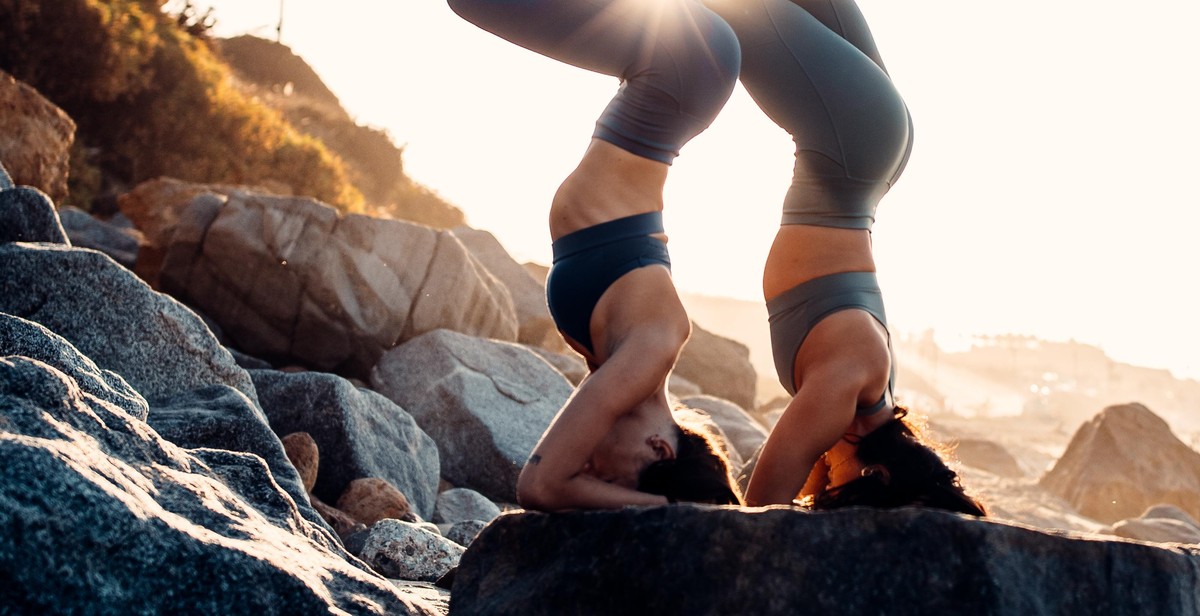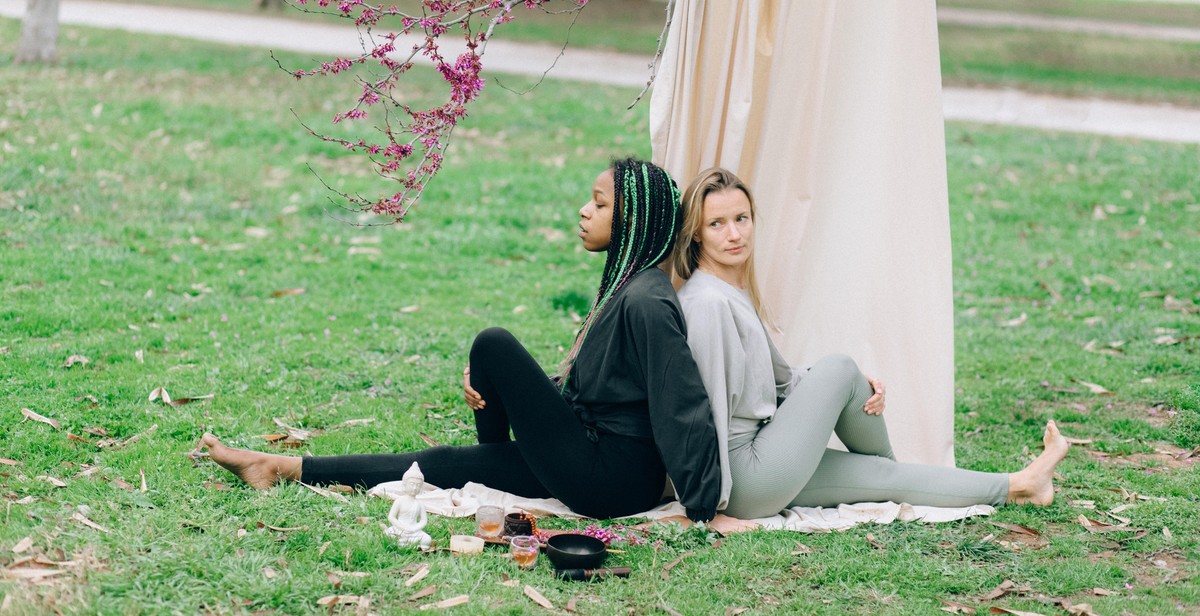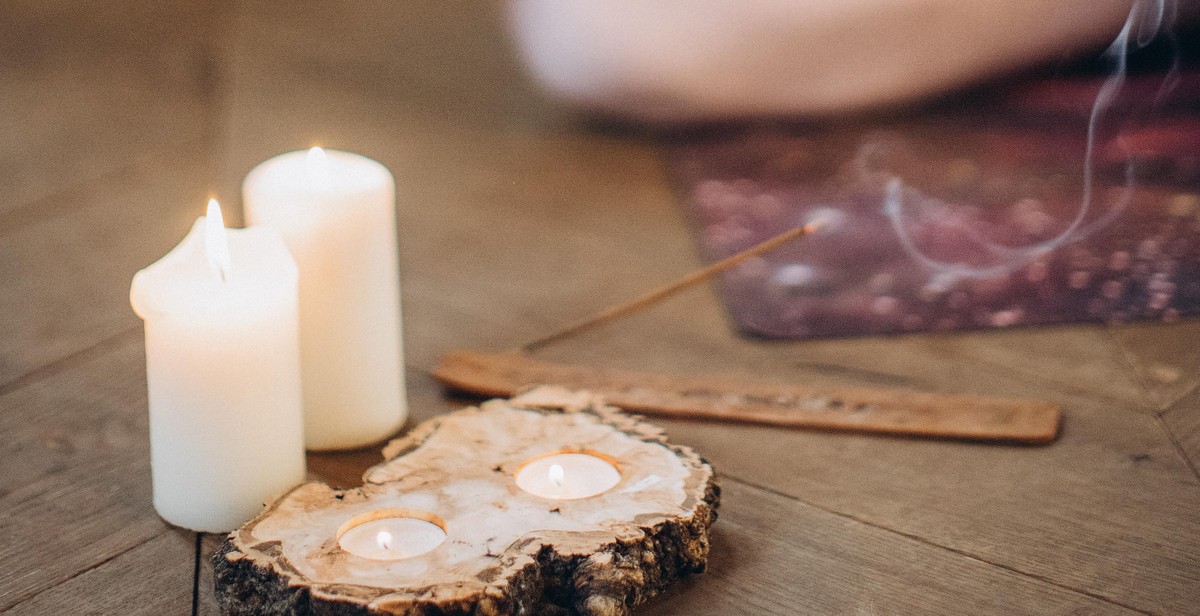How to Perform Basic Yoga Poses for Beginners
Yoga is a physical, mental, and spiritual practice that originated in ancient India. It involves a series of postures, breathing exercises, and meditation techniques that promote physical strength, flexibility, and relaxation. Yoga is a great way to improve overall health and well-being, and it’s suitable for people of all ages and fitness levels.
Benefits of Yoga
Yoga has numerous benefits for both the body and mind. Some of the physical benefits of yoga include:
- Improved flexibility and balance
- Increased muscle strength and tone
- Improved respiration, energy, and vitality
- Maintaining a balanced metabolism
- Weight reduction
Yoga also has mental and emotional benefits, such as:
- Reduced stress and anxiety
- Improved focus and concentration
- A sense of inner peace and calm
- Increased self-awareness and self-esteem
- A greater sense of overall well-being
Basic Yoga Poses for Beginners
If you’re new to yoga, it’s important to start with basic poses that are easy to perform and build up your strength and flexibility gradually. Here are some basic yoga poses that are perfect for beginners:
- Mountain Pose (Tadasana)
- Downward-Facing Dog Pose (Adho Mukha Svanasana)
- Warrior I Pose (Virabhadrasana I)
- Tree Pose (Vrikshasana)
- Child’s Pose (Balasana)
These poses are a great starting point for anyone new to yoga. They’re easy to perform, and they provide a range of physical and mental benefits. With regular practice, you’ll soon be ready to move on to more advanced poses.

Benefits of Yoga
Yoga is a practice that has been around for thousands of years and has gained popularity all over the world due to its numerous benefits. Yoga is not only a form of exercise but a way of life that helps individuals achieve a balance between their physical, mental, and emotional well-being. Here are some of the benefits of yoga:
Physical Benefits
- Improved Flexibility: Yoga involves various stretching exercises that help to improve flexibility and mobility. Regular yoga practice can help individuals achieve better posture and prevent injuries.
- Increased Strength: Practicing yoga regularly can help to build strength in the muscles and improve overall physical fitness. This is especially true for poses that require holding the body’s weight, such as the plank pose or the downward-facing dog pose.
- Better Breathing: Yoga involves breathing exercises that help individuals to take deeper breaths, improving lung capacity and overall respiratory health.
- Lowered Blood Pressure: Studies have shown that regular yoga practice can help to lower blood pressure and reduce the risk of heart disease and stroke.
- Weight Loss: Yoga can be an effective way to lose weight as it helps to burn calories and build lean muscle mass.
Mental Benefits
- Reduced Stress: Yoga is known for its ability to reduce stress and promote relaxation. Regular yoga practice can help individuals manage stress and anxiety, leading to improved mental health.
- Better Sleep: Yoga can help to improve sleep quality and reduce insomnia. This is due to the relaxation and deep breathing techniques that are part of a typical yoga practice.
- Improved Focus and Concentration: Yoga involves mindfulness and meditation practices that can help individuals improve their focus and concentration. This can lead to improved productivity and overall cognitive function.
- Increased Self-Awareness: Yoga can help individuals become more self-aware and in tune with their emotions and thoughts. This can lead to improved self-esteem and a better understanding of oneself.
- Improved Overall Well-Being: Regular yoga practice can lead to an overall sense of well-being and improved quality of life. It can help individuals feel more balanced, energized, and content.
Conclusion
Overall, yoga is a practice that offers numerous benefits for both the body and mind. Whether you are looking to improve your physical fitness, manage stress, or achieve a better sense of overall well-being, yoga can be a valuable tool to help you achieve your goals.

Preparing for Yoga Poses
Before performing any yoga pose, it is important to prepare the body and mind for the practice. This involves choosing the right time and place and warming up the body.
Choosing the Right Time and Place
Yoga can be practiced at any time of the day, but it is best to choose a time when you are least likely to be interrupted. Early morning is a popular time for yoga practice as it helps to energize the body and prepare for the day ahead. However, if you are unable to practice in the morning, you can choose any other time that suits you.
It is also important to choose a quiet and peaceful place to practice yoga. Find a space in your home or outdoors where you will not be disturbed by noise or distractions. Ideally, the place should be well-ventilated and have enough space for you to move around freely.
Warming Up the Body
Before starting any yoga pose, it is important to warm up the body. This helps to prevent injury and prepares the muscles for the practice. A simple warm-up routine can be done by performing a few rounds of Surya Namaskar (Sun Salutation) or any other gentle stretching exercises.
Another way to warm up the body is to practice some pranayama (breathing exercises). This helps to increase oxygen flow to the body and calm the mind. Some simple pranayama exercises include Kapalbhati, Anulom Vilom, and Bhramari.
It is also important to listen to your body and not push yourself beyond your limits. If you experience any pain or discomfort during the warm-up or practice, stop immediately and seek guidance from a qualified yoga teacher.
By choosing the right time and place and warming up the body, you can prepare yourself for a safe and effective yoga practice. Remember to take it slow and listen to your body, and you will soon be able to perform basic yoga poses with ease.

Basic Yoga Poses for Beginners
Yoga is an ancient practice that helps to improve flexibility, strength, balance, and mental clarity. It’s an excellent way to relieve stress and anxiety and can be practiced by anyone, regardless of age, fitness level, or experience. If you’re new to yoga, it’s essential to start with basic poses that will help you build a strong foundation and avoid injury. Here are five basic yoga poses for beginners:
Mountain Pose (Tadasana)
The mountain pose is a standing pose that helps to improve posture and balance. To perform this pose, stand with your feet together, and your arms at your sides. Press your feet firmly into the ground, engage your thigh muscles, and lift your kneecaps. Lengthen your tailbone towards the floor, and lift your chest towards the ceiling. Hold the pose for 30 seconds to a minute, and breathe deeply.
Downward-Facing Dog Pose (Adho Mukha Svanasana)
The downward-facing dog pose is a classic yoga pose that helps to stretch the hamstrings, calves, and spine. To perform this pose, start on your hands and knees, with your wrists directly under your shoulders and your knees under your hips. Lift your hips up and back, straightening your arms and legs. Press your hands and feet into the ground, and lengthen your spine. Hold the pose for 30 seconds to a minute, and breathe deeply.
Warrior I Pose (Virabhadrasana I)
The warrior I pose is a standing pose that helps to strengthen the legs, hips, and core muscles. To perform this pose, step your left foot back, and turn it out at a 45-degree angle. Bend your right knee, and lift your arms up overhead. Square your hips to the front of the mat, and gaze up towards your hands. Hold the pose for 30 seconds to a minute, and breathe deeply. Repeat on the other side.
Tree Pose (Vrikshasana)
The tree pose is a balancing pose that helps to improve focus and concentration. To perform this pose, stand with your feet together, and shift your weight onto your left foot. Lift your right foot, and place it on your left inner thigh. Press your foot into your thigh, and your thigh into your foot. Place your hands in prayer position in front of your heart. Hold the pose for 30 seconds to a minute, and breathe deeply. Repeat on the other side.
Child’s Pose (Balasana)
The child’s pose is a resting pose that helps to release tension in the back, neck, and shoulders. To perform this pose, start on your hands and knees, with your wrists directly under your shoulders and your knees under your hips. Lower your hips back towards your heels, and stretch your arms forward. Rest your forehead on the ground, and breathe deeply. Hold the pose for 30 seconds to a minute.
| Poses | Benefits |
|---|---|
| Mountain Pose (Tadasana) | Improves posture and balance |
| Downward-Facing Dog Pose (Adho Mukha Svanasana) | Stretches the hamstrings, calves, and spine |
| Warrior I Pose (Virabhadrasana I) | Strengthens the legs, hips, and core muscles |
| Tree Pose (Vrikshasana) | Improves focus and concentration |
| Child’s Pose (Balasana) | Relieves tension in the back, neck, and shoulders |

Conclusion
Yoga is a wonderful way to improve your overall physical and mental well-being. With a little patience and practice, anyone can perform basic yoga poses for beginners. Remember to always listen to your body and never push yourself too hard. If you feel any pain or discomfort, stop and rest.
Start with the easy yoga poses and gradually move on to the more advanced ones. Make sure to breathe deeply and focus on your breath during each pose. This will help calm your mind and reduce stress and anxiety.
Yoga is not just about physical fitness, it’s also about inner peace and balance. As you continue to practice yoga, you will notice improvements in your flexibility, strength, and overall well-being.
Some Tips to Keep in Mind
- Always warm up before starting any yoga routine.
- Use props such as blocks and straps to help you get into the correct alignment.
- Drink plenty of water before and after your yoga practice.
- Wear comfortable clothing that allows you to move freely.
- Find a quiet, peaceful space to practice yoga.
Remember, yoga is a journey, not a destination. Keep practicing and enjoy the benefits of this ancient practice.
